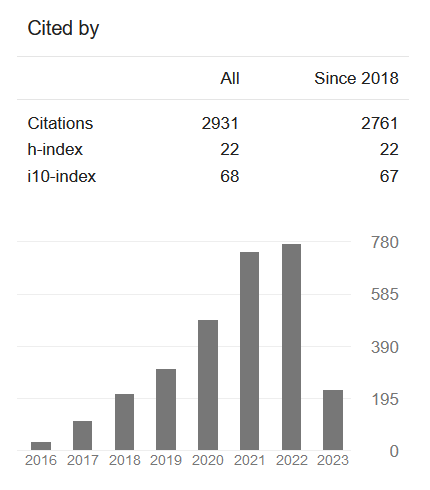Sensitization of Gold Dust in 430 Grade Stainless Steel( Vol-3,Issue-1,January 2017 ) |
|
Author(s): S.Mithra, P.G.Venkatakrishnan, D.Noorullah, V.Karthik |
|
Keywords: |
|
|
430 grade stainless steel, Gold dusting, Intergranular corrosion, Pickling, Sensitization. |
|
Abstract: |
|
|
'Gold dusting' is a surface defect that is sometimes observed on cold-rolled AISI type 430 stainless steel. Gold dusting is characterized by a sparkling appearance, which results from small flakes of metal on the cold rolled surface, the flakes are mostly elongated in the rolling direction. The processing steps include continuous casting, hot rolling, continuous annealing, and pickling. One possibility is that the flakes of metal are grains that had been undercut by intergranular corrosion such intergranular corrosion may occur during pickling after the annealing step (which itself follows hot rolling). If intergranular corrosion does occur during this pickling step, the intergranular cavities would be elongated by subsequent cold rolling; this can account for the observed morphology of gold dusting. If the steel has been sensitized, intergranular corrosion may occur during pickling. Pickling is commonly carried out by electrolytic descaling in a neutral sodium sulphate solution followed by immersion in a nitric acid/hydrofluoric acid bath. The sensitized type 430 stainless steel does, indeed, suffer intergranular corrosion in a nitric acid/hydrofluoric acid bath, while it is largely unaffected during electrolytic pickling. Hence, sensitization is a possible cause of gold dusting. |
|
Cite This Article: |
|
| Show All (MLA | APA | Chicago | Harvard | IEEE | Bibtex) | |
Share: |
|

 DOI:
DOI: 



























